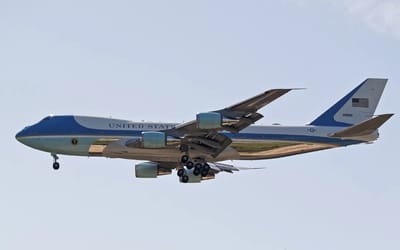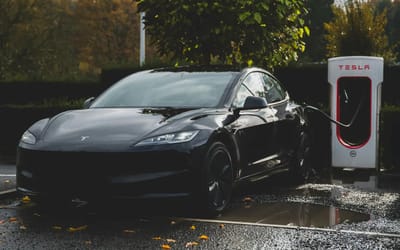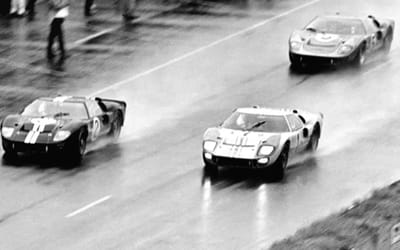Groundbreaking supersonic aircraft fueled by crystalized hydrogen poised for test flight
- This is the third concept built by Destinus, a startup that focuses on hydrogen-powered jets
- It has a 1,000-liter tank, capable of storing hydrogen at -250 °C
- The first test flight will take place in Spain
Published on Apr 04, 2024 at 5:22 PM (UTC+4)
by Alessandro Renesis
Last updated on Apr 05, 2024 at 1:29 PM (UTC+4)
Edited by
Tom Wood
This is a hydrogen-powered supersonic aircraft called Destinus.
And it is more than just a concept, it is a proper, fully functional aircraft.
And according to the company that built this, the first flight will be completed soon.
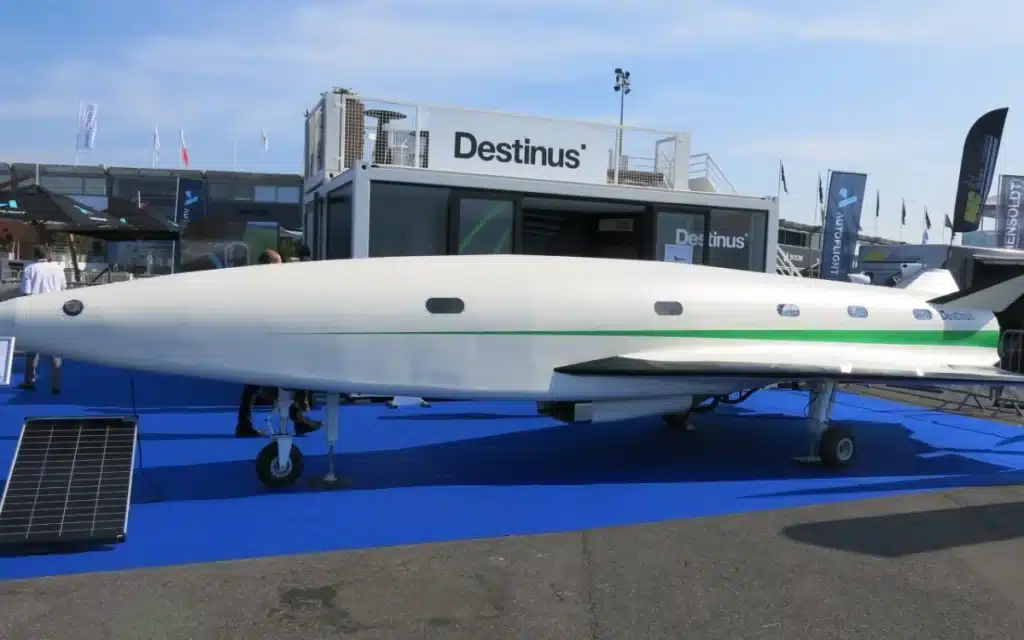
READ MORE: The fastest plane in the world doesn’t need armor – it’s faster than missiles!
The jet is made by Destinus, a Swiss startup.
It is the third concept they’ve built and could be the first one to fly supersonic.
The first jet was ‘only’ 13 feet long (about 4 meters), and it was only capable of flying subsonic.
The second concept was nearly three times as big, over 33 feet (or 10 meters), and it could fly at 1,200 km/h (745 mph), which is still technically subsonic.
The third and final concept is potentially capable of breaking the speed of sound.
The speed of sound varies depending on different factors, for example, the speed of sound underwater isn’t the same as the one on the ground.
It even changes depending on altitude, but the consensus is that the speed of sound equates to 1,235 km/h, so presumably this means Destinus could be capable of flying at least at that speed.
That’s nowhere near as fast as the Concorde, which was in fact nearly twice as fast, but still faster than any major airliner today.
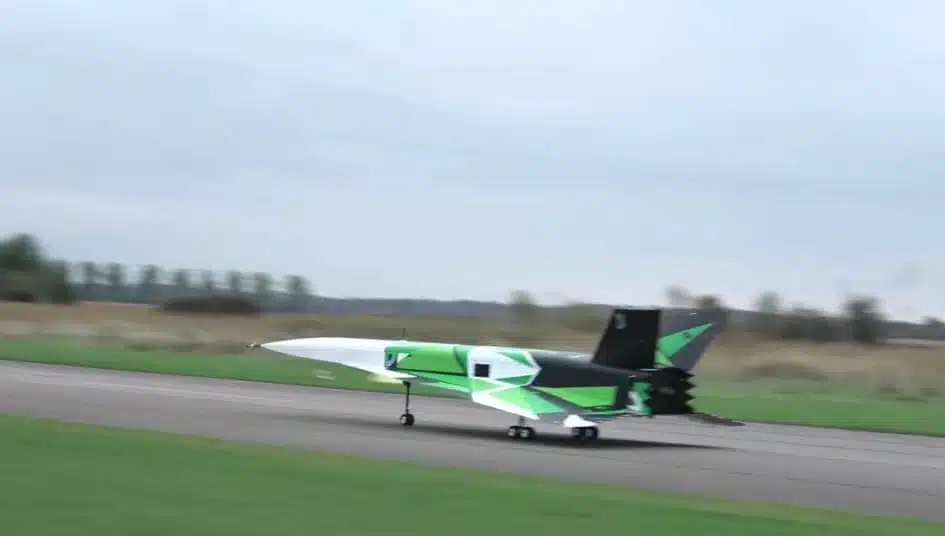
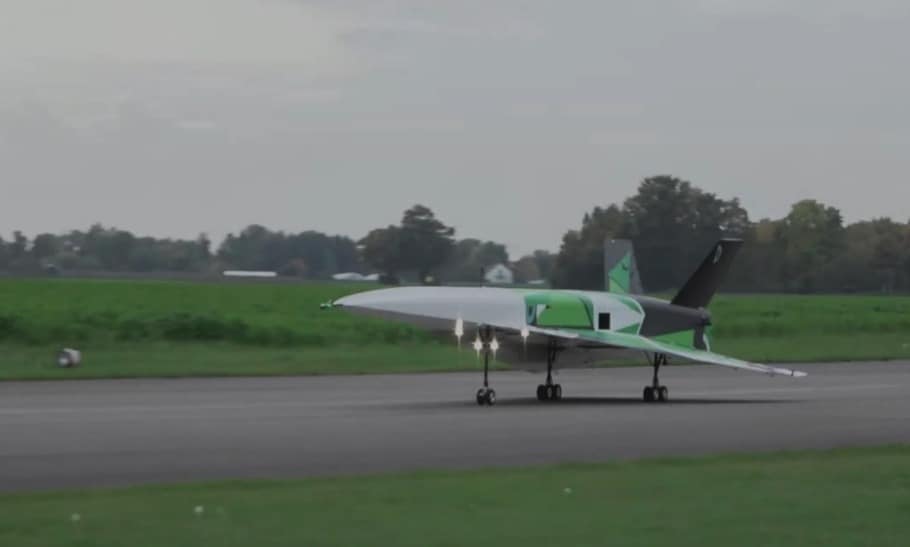
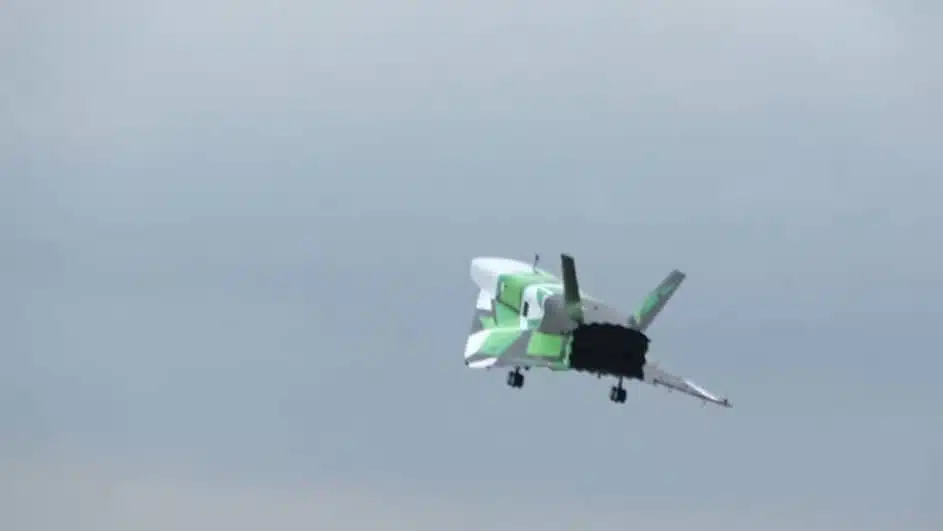
All three concepts run on the same type of engine, which is powered by cryogenized hydrogen fuel.
The 1,000-liter tank is designed to store hydrogen at 250 degrees below zero.
That’s -250 in °Celsius or -418 in °Fahrenheit, for reference.
This isn’t the first hydrogen-powered jet we’ve heard of, but it is the first one to prioritize performance.
By contrast, its nearest rival, FlyZero, is devoted to efficiency and range.
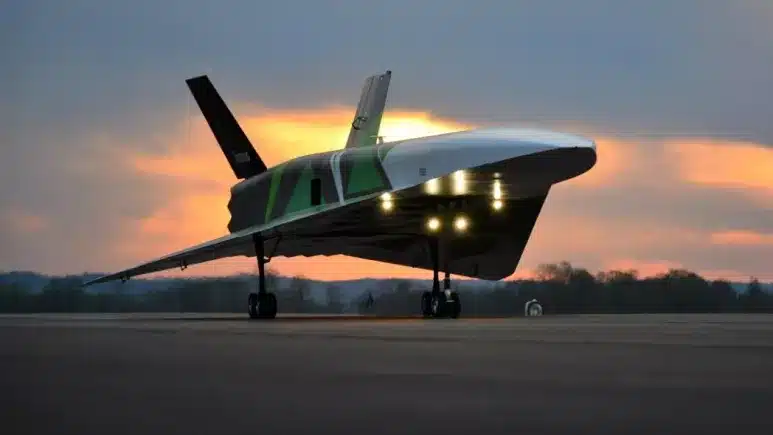
Destinus spent years working on these prototypes, and the reason why they chose Spain for the jet’s first test flight is quite simple.
The company has received funding from various actors, but one of the largest grants it received came from the Spanish government, which the company used to build a facility outside of Madrid.
If everything goes to plan, the first test flight for the hydrogen-powered supersonic jet should take place in 2026.
DISCOVER SBX CARS: The global premium car auction platform powered by Supercar Blondie

